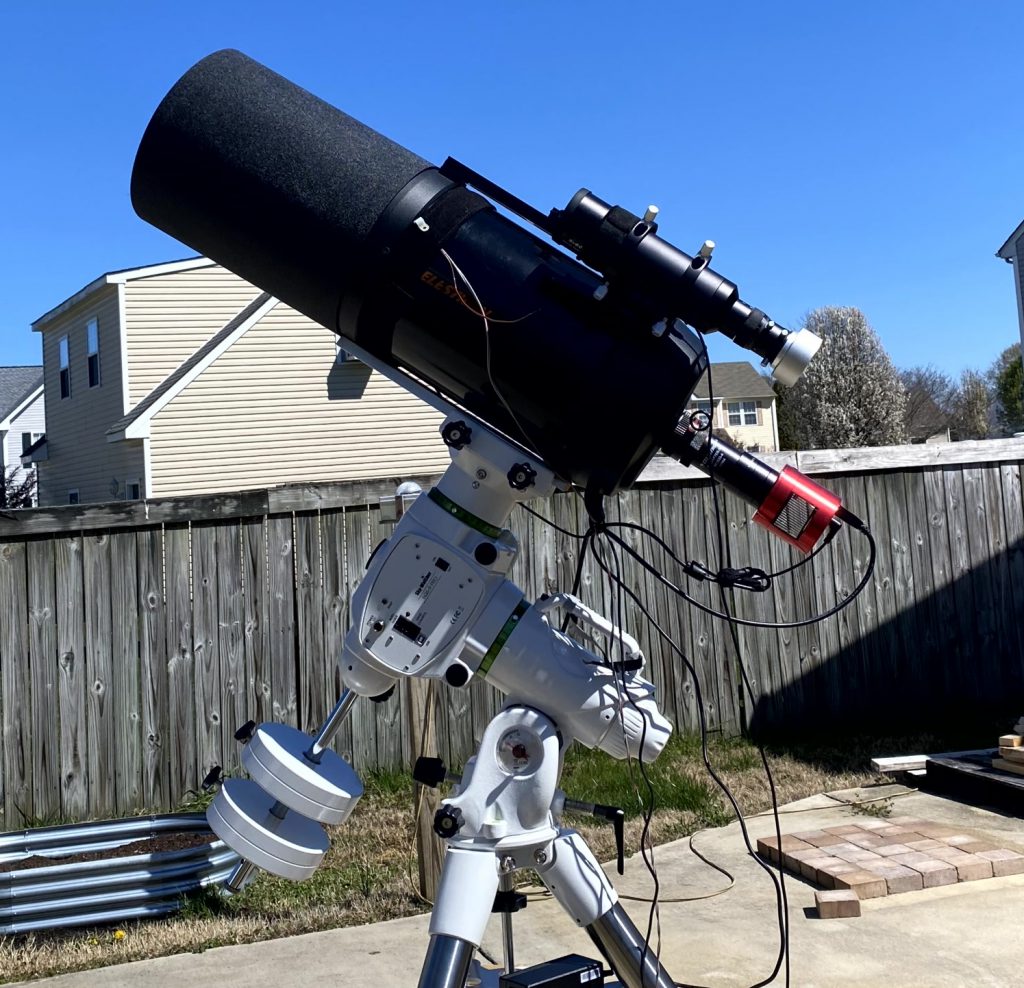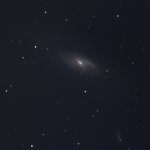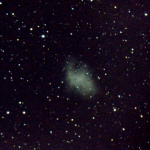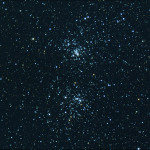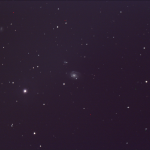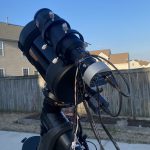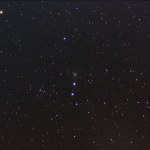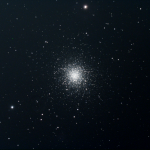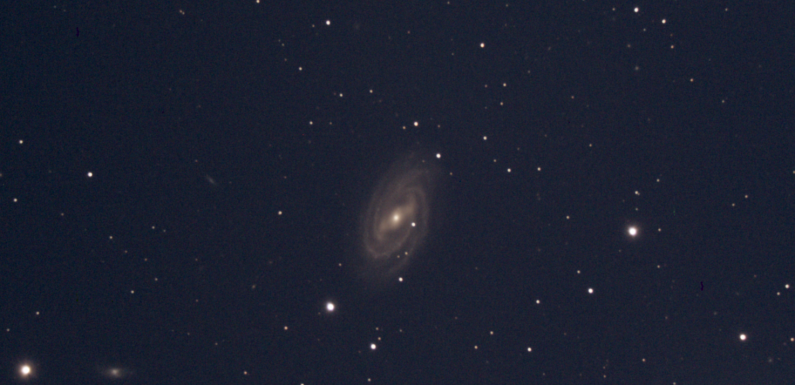
Last night was cool, temperatures in the low 40s, and clear. It was a school night, but it has been a bit since we have had a nice clear sky and I wanted to get some observing in. I decided the break out my old Celestron C8 SCT. The C8 was my first “real” telescope, but it has been in storage for years. It needed a bit of dusting off but everything seems to be in fair shape. There looks like there is some kind of film on the inside of the corrector plate, but other than that all systems seem to be a go.
For this EAA observing session I used the new Libre Computer SBC I set up earlier this week to run INDI Server for connecting to the gear.
I set up the Celestron C8 SCT on the Skywatcher EQ6-R Pro, leveled it, and balanced the RA and Dec axis during the daylight. After dark I focused the guide scope and used the Ekos Focus Module to manual focus the C8. Focusing was a little frustrating (I have gotten soft using the EAF on the SV503) but I was able to get decent focus after a few minutes of fiddling with the feather touch fine focus knob.
After focusing I tested plate solving. Plate solving was calculating the focal length at 1295 mm, so my focal reducer to camera spacing is pretty close to the optimal 105 mm. With plate solving working I ran the Ekos Polar Alignment Routine and was able to polar align within 10 arcseconds of error in both altitude and azimuth.
The EAA images in this post were capture with my ZWO ASI294MC Pro cooled to -10 C through my Celestron C8 SCT with the Celestron 6.3 Focal Reducer. For guiding I am using the Orion Starshooter Autoguider (OSSAG) camera attached to my SV106 60mm guide scope. All gear is mounted on a Sky Watcher EQ6-R Pro. The mount and cameras are remotely controlled with KStars/Ekos through INDI Server running on a Libre Computer SBC. The images were live stacked using SharpCap Pro. Images have been cropped to the region of interest for file size and to remove vignetting caused by the focal reducer, but otherwise appear just as I observed them.
Messier 81 (M81), Bode’s Galaxy, in the constellation of Ursa Major. This is a live stack of 30 x 30 second exposures at 121 gain, 30 offset, and bin 2×2.
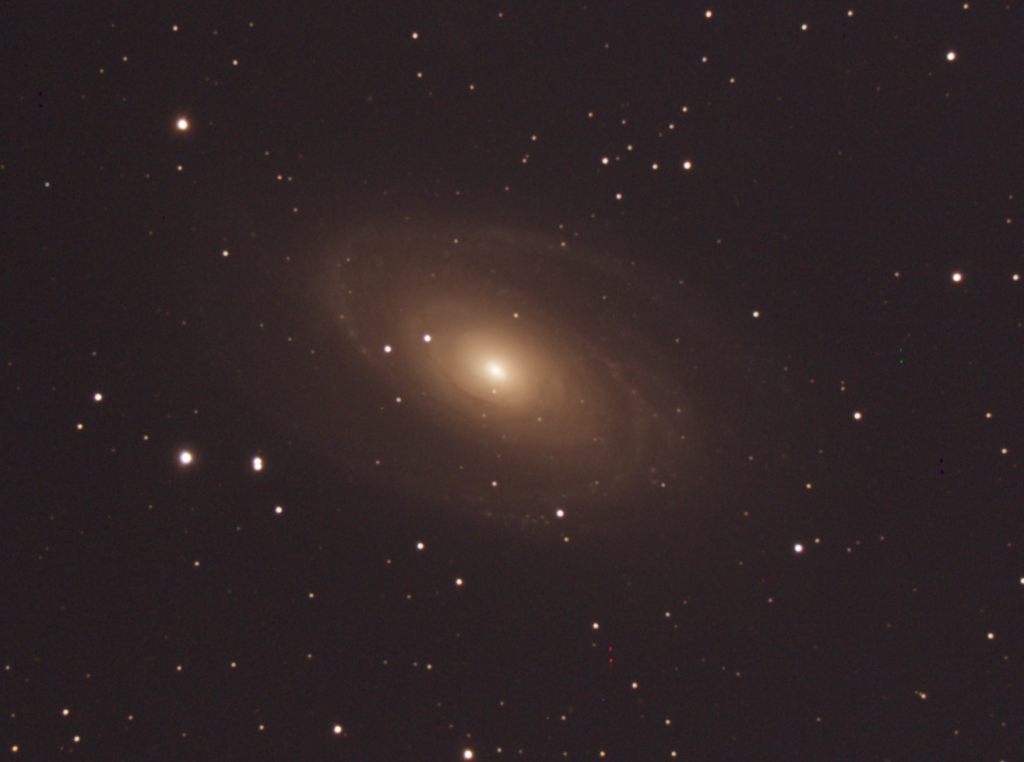
Not bad for only 15 minutes of captures. The long focal length of the C8 really reached out and touched this galaxy. Lots of interesting details in the spiral arms and dust lanes.
NGC 2392, the Eskimo Nebula, a planetary nebula in the constellation of Gemini. This is a live stack of 30 x 30 second exposures at 121 gain, 30 offset, and bin 2×2.
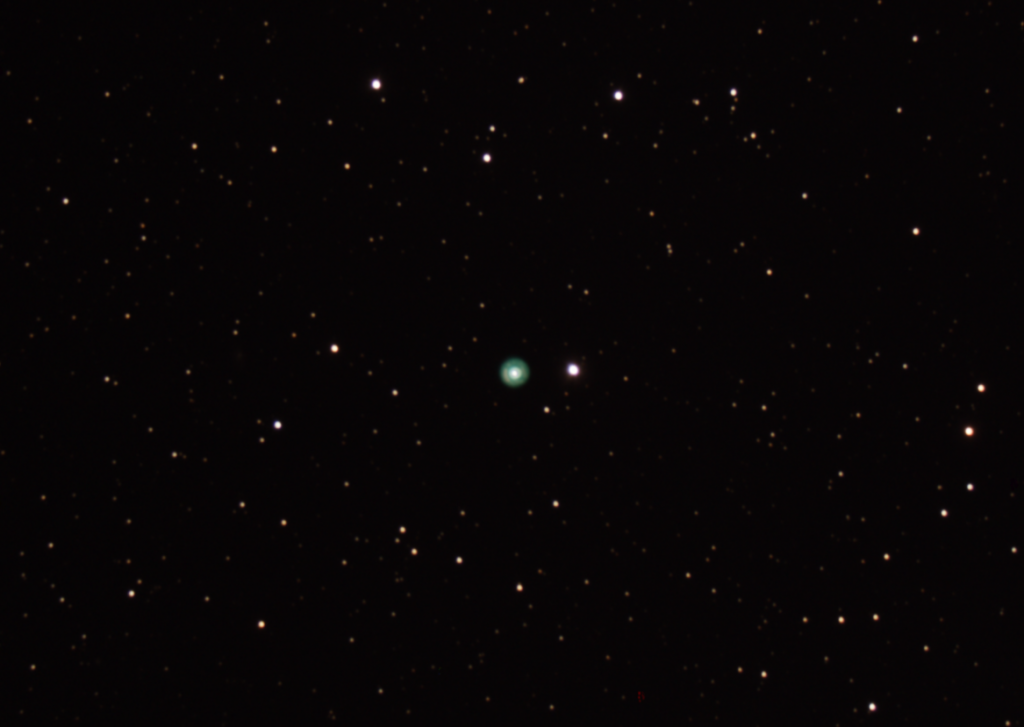
Again the longer focal length is bringing in a bit more detail. In my SV503 102ED (FL 560mm) the Eskimo Nebula is just a bright blue dot. Definitely getting some detail of the center and some of the structure of the outer shell.
Messier 97 (M97), the Owl Nebula, a starburst planetary nebula in the constellation of Ursa Major. This is a live stack of 30 x 30 second exposures at 121 gain, 30 offset, and bin 2×2.
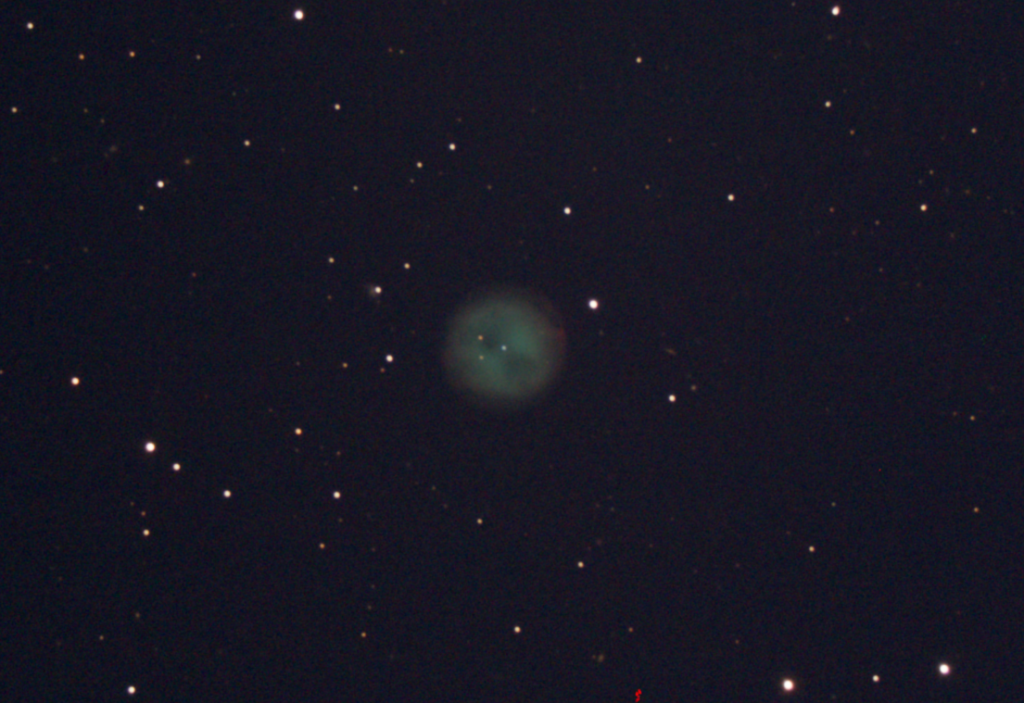
A little noisy, but not bad over all. The center star is there, along with the owl’s “eyes”.
Messier 109 (M109) a barred spiral galaxy in the constellation of Ursa Major. This is a live stack of 30 x 30 second exposures and 5 x 60 second exposures (total of 20 minutes) at 121 gain, 30 offset, and bin 2×2.
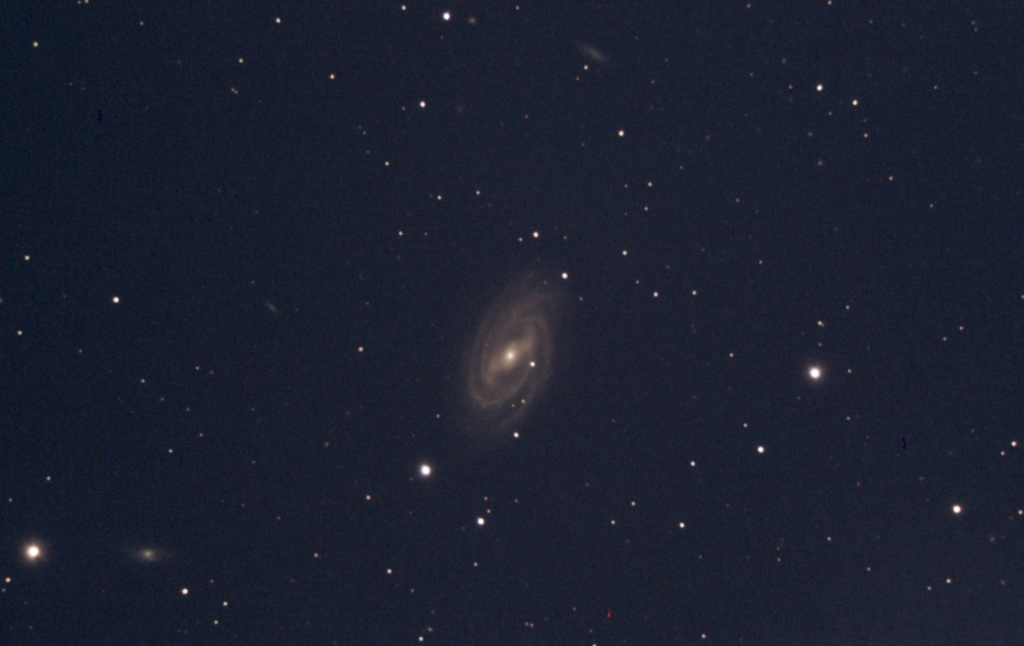
Nice detail in the center structure and the out spiral arms. There a few other faint fuzzy friends in this capture as well. Enjoyed looking at this which is why I added the extra 5 minutes to end the night.
I did not guide any of the images tonight, but before I packed up I did test the guiding. The C8 is a fair bit heavier than the SV503 so I wanted to see how the EQ6 would handle it… the answer is just fine, Total RMS was under 1 over the 10 minutes or so I ran the guiding.
Enjoyed observing with my old Celestron C8 SCT. The scope is out of collimation. This is especially evident is some of the brighter stars which look a little misshapen. I am going to work through that on the next clear night.
The new Libre Computer SBC worked great. No issues running INDI Server or connecting through KStars/Ekos. Definitely a suitable Raspberry Pi alternative to run INDI server to provide connectivity to the cameras and mount during an EAA session.
Since it was a school night I packed things up and covered the scope just after 10 PM.

